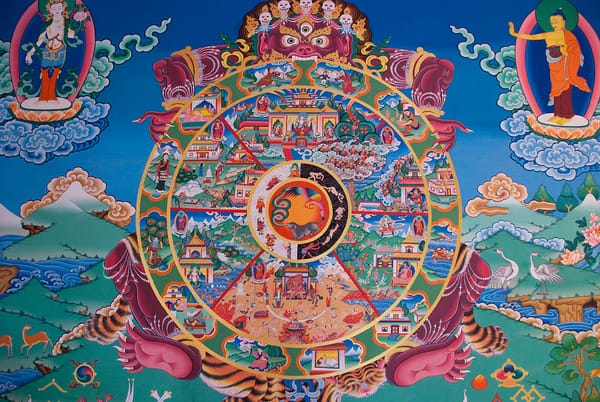Between Difficulty, Rigor, and Heresy: Three Books on Ideas, Methods, and Beliefs in the History of Mathematics
What can we do in front of the increasing difficulty of mathematical and scientific problems? Axiomatization could be an answer, but not all theories could be turned into a deductive system. What’s more, in spite of the generality of one’s research, its personal impact could be devastating.
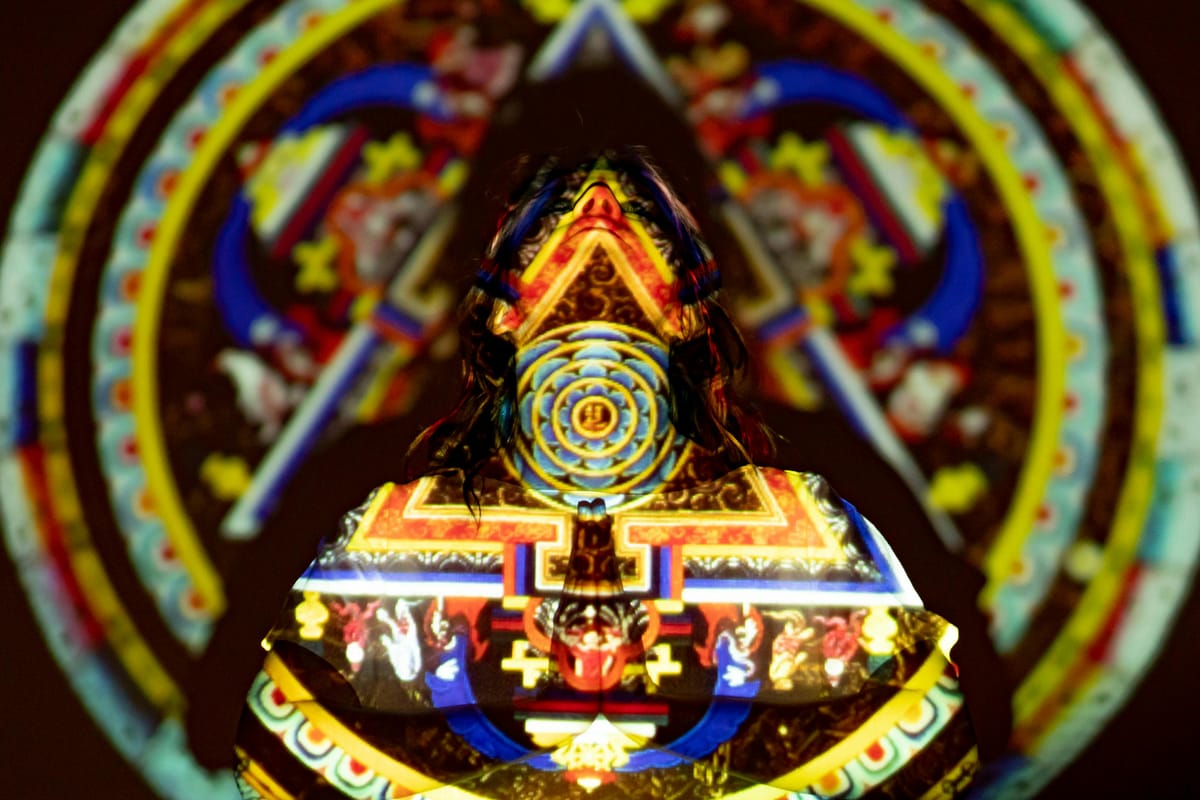
The problems in mathematics and science have become increasingly difficult. We now have the most sophisticated theoretical constructions, the greatest computational power in the history of mankind, and the largest amount of experience. Mathematics and science evolve cumulatively: each research relies on previous results, directly or indirectly, so whenever questions arise after decades or centuries of work you could bet they are highly refined or technically challenging.
Abstraction or generalization, which is the basis of all mathematics, led to multiple ramifications towards secondary directions. Each discipline has its own internal methods of validating results, so a philosophical hurdle or one related to applications doesn’t necessarily interfere with the development of theories or theorems in mathematics. However, the very idea of abstraction, driven towards its theoretical maximum ― that of axiomatization ― is worth a contextual analysis, one that takes into account the human mind, our thinking, history of ideas, and education.
Mathematical history is largely the history of mathematical problems. At the same time, it is hard to ignore particulars, biographical accidents, or the natural randomness that influences our entire Universe. If Évariste Galois hadn’t died at twenty, perhaps he would have had more resounding results to revolutionize algebra even further. Or maybe on the contrary, since he felt his time was approaching, he gave his all until the age when others only began to study seriously.
Another biography that was deeply connected to fundamental research of a genius is that of Georg Cantor. His mind, completely focused on the abstract, even when it proved a threat for his personal and spiritual beliefs, was deeply shattered by the hierarchy of infinities that he had proved.
Following my previous recommendation of the five books on mathematical thinking, here are three more: on rigor, history, and spiritual components of mathematical research.
Science in the Looking Glass, E. B. Davies (2007)
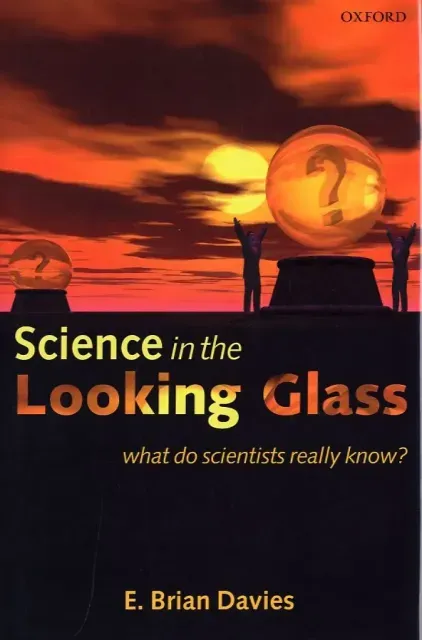
Professor E. Brian Davies puts the history of mathematical problems under the looking glass. Although he was a mathematician (died in 2025), Davies prefaces his book with a daring remark:
“In spite of the fact that highly mathematical theories often provide very accurate predictions, we should not, on that account, think that such theories are true or that Nature is governed by mathematics. In fact, the scientific theories most likely to be around in a thousand years’ time are those which are the least mathematical—for example evolution, plate tectonics, and the existence of atoms.”
The thesis is that science is much more than mathematics. The philosophical creed of the author is that mathematics is rather a human creation, which merely describes Nature. The accuracy it is known for, as well as its applications, is first and foremost an extraordinary creation of the human mind, which does not assume access to the blueprints that Nature was made from.
Davies shows the evolution of very difficult problems in many disciplines of science and mathematics: algebra and number theory, computability theory, probability theory, quantum mechanics, astronomy and celestial mechanics. But one of the most interesting chapters is the fourth: How Hard Could Problems Get? The question is not looking for an answer, because the examples are completely unpredictable. For example, the four-color problem, which is known as the first example of computer-aided proof, has an incredibly simple formulation: If you want to color the territories on any map such that no neighboring territories have the same color, then a set of four colors suffices.
At least that was solved, but there are other examples, equally simple in formulation, such as Goldbach’s conjecture, which are still far from solution after a couple of centuries. In 1742, Christian Goldbach wrote to the great Leonhard Euler saying that any even integer can be written as the sum of two prime numbers. The original formulation by Goldbach was a bit different, but through centuries of failed attempts at its proof, this is the final formulation that is at stake today.
The difficulty of mathematical problems is not the same as the algorithmic difficulty or complexity of computational problems. Davies explains what complexity means for an algorithmic problem and what computer scientists mean by “hard problems”.
Regardless of the approach on hard problems, the message is that surprise could emerge from anywhere: either from a theorem that was proved after more than three centuries (see Fermat’s Last Theorem), or from a conjecture like Goldbach’s which is still unsolved although its formulation could well be understood in elementary school.
Axiomatics: Mathematical Thought and High Modernism, A. Steingart (2023)
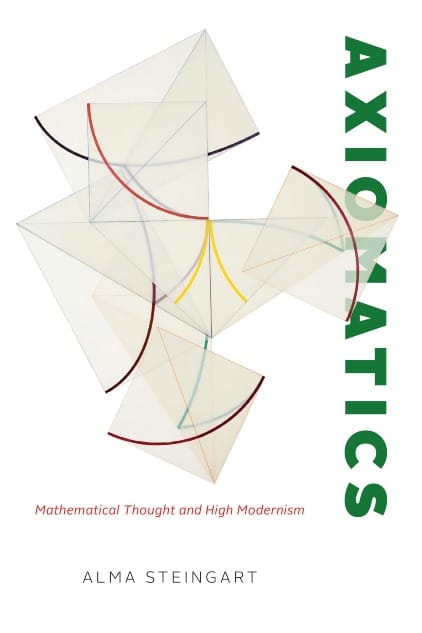
For more than a century, some mathematicians had the belief that if they could find an axiomatic system at the base of the entire construction, then most of the mathematical problems would be reduced to a simple search of the appropriate combination of rules. If there was such a series of axioms ― fundamental propositions, which one accepts as basic truths, because otherwise, their proof would require a different setup altogether ―, wherefrom one extracts all truth of mathematics by means of successive reductions, then all theorems could be proved by trying various combinations of rules until one reaches a proof.
The challenge would be like establishing a set of syntax rules for a language: you know the allowed combinations of letters and symbols. Then, to express an idea, you must only find the appropriate combination of letters and symbols, which could be a simple, although tedious, trial and error.
Things couldn’t work that way in mathematics. First there were the incompleteness theorems of Kurt Gödel, who showed in the 1930s that if we want such a system, we must accept either for it to be incomplete (meaning that there will always be problems that are impossible to prove), or contradictory (meaning the same proposition can be proven both true and false with no errors).
Alma Steingart is a specialist in the history of mathematics at Columbia University in New York. Her book, Axiomatics (re-released in 2025 with the title Pure Abstraction) is mainly a book about the history of culture. The common theme of the six chapters is the abstract, through advanced tools in mathematics. But instead of focusing on the development of mathematics itself, for example through attempts at formalization through logic and axiomatics such as those proposed by Bertrand Russell, Alfred N. Whitehead and others, the author treats the very idea of searching foundations for science in an abstract framework which resembles axiomatization.
The idea of abstraction is not found only in mathematics or natural science. Applied mathematics found its way into multiple disciplines, such as social science, through the work of Claude Lévi-Strauss (1954), who opened the way to “the mathematics of man”.
“The paradox is now fully established that the utmost abstractions are the true weapons with which to control our thought of concrete fact.”
said the British logician Alfred North Whitehead, in an excerpt that Steingart uses as a motto for the fifth chapter of her book.
The Mystery of the Aleph, A. Aczel (2000)
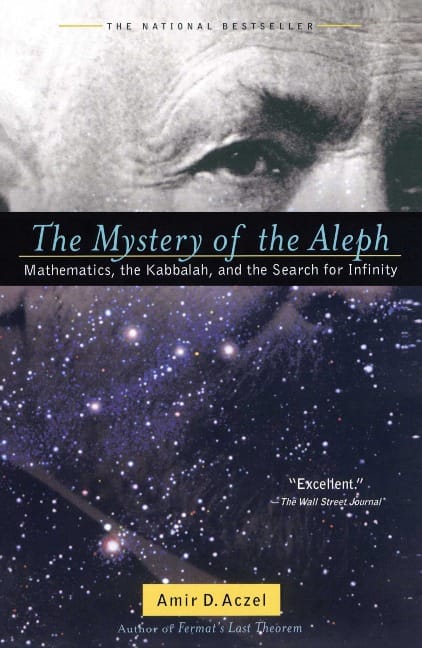
To give another example, one of the most abstract breakthroughs in the history of mathematics was set theory. As shapeless as these objects seem, they are very complicated to study rigorously. Ultimately, what is a set? Or, better yet, what’s not a set? Could you give an example of a collection of objects that is not a set? It seems complicated, precisely because sets are the foundations of all collections of objects. In the same set, one could have numbers and flowers, matrices and theories, symbols and words, and then make yet another set that contains all these sets.
Finite sets are not quite spectacular: one simply lists their elements and we’re done, we know everything needed for operations or relations with other sets. What about infinite sets? In particular, number sets that we use daily, such as the natural numbers set: 0, 1, 2, 3, 4…
The first step was to find an elegant classification method. If two sets have the same number of elements, they could be put into correspondence through pairing their elements. For example, the set {1, 2, 3, 4} and the set {a, b, c, d} are essentially “the same” if you think there’s a “translation” that relates their elements and pairs them like, say, (1, a), (2, b), (3, c), and (4, d). So, you could just take a representative: all sets of four elements are all “reinterpretations” of the set {1, 2, 3, 4}.
However, number sets are all infinite. Would that make them all the same, since they have the same “number” of elements? The answer in the negative came through the work of many researchers, but none has taken this idea further than the German Georg Cantor (1845-1918).
Regardless of the level of detail you read about Cantor’s work, it’s impossible to not be surprised, even discomforted, not only in an intellectual sense. For example, natural numbers, such as 0, 1, 2, 3, 4,… and integers, like -3, -2, -1, 0, 1, 2, 3 could be put in a one-to-one correspondence. Both sets are infinite and the correspondence shows that it’s the same kind of infinity. How is that possible, since integers contain two copies of the natural numbers, one in the positive, and one in the negative? Function theory and set theory, through the genius mind of Georg Cantor has clarified this.
What about real numbers, those that contain square roots and universal constants such as π? They are also infinitely many, so there must be the same kind of infinity you must be thinking. Cantor showed that this intuition is wrong. Real numbers are “more” than the naturals, integers, or rationals. In other words, there are at least two types of infinity.
The surprise doesn’t end here, since Cantor showed that the step from the infinity of natural numbers to that of real numbers is huge; the second set is much larger. However, the reals are the immediate step after the naturals, integers, and rationals, so the leap seems hard to explain. Cantor asked whether this chasm could be made smaller, perhaps filling it with other infinite sets that would make the passage smoother from the infinity of natural numbers to that of the reals.
This problem was called the continuum hypothesis and led the mathematician to lose his mind, and ultimately, his life. The answer came long after Cantor’s death, in 1963, when the continuum hypothesis was proved to be independent of the axiomatic system that set theory uses. The tools of set theory that were used to formulate it can neither prove, nor disprove it.
Cantor’s mathematical work had a spiritual side to it, and Amir Aczel shows this in the book The Mystery of the Aleph. Between the lines of Cantorian set theory one could find ideas and precepts from the Kabbalah. The very notation that the mathematician used shows theological connections: the infinity of natural numbers is denoted not by a Greek letter, as it was more common, but the first letter of the Hebrew alphabet, aleph (א). In fact, Cantor built a whole sequence of aleph numbers, which became synonymous with infinity (since he denoted the infinite number of elements in each set by א0, א1, א2 etc.), but organized in a hierarchy that is concrete.
His religion clashed with his research, since in most cultures of the world, infinity is equivalent to divinity. The concrete and strictly proven hierarchy of multiple types of infinity was, in a way, equivalent to a form of polytheism which Cantor, raised in a Jewish family that expected him to become a priest or a rabbi, had a very hard time accepting.
Aczel’s book is a biography of Cantor and a genesis of set theory ideas. At the same time, it is a readable presentation of paradoxical results regarding infinity in multiple branches and periods of mathematics. Occasionally speculative and sometimes mystical, it is not a treatise of mathematics history and even less a manual of set theory. But it does outline surprising connections between mathematics, history, philosophy and Judaism, much like a Sefirot.
Thank you for reading The Gradient! The articles here will always be free. If you've read something useful or enjoy what we publish, please consider a small contribution by sharing on social media, starting a paid subscription, or a tip.




